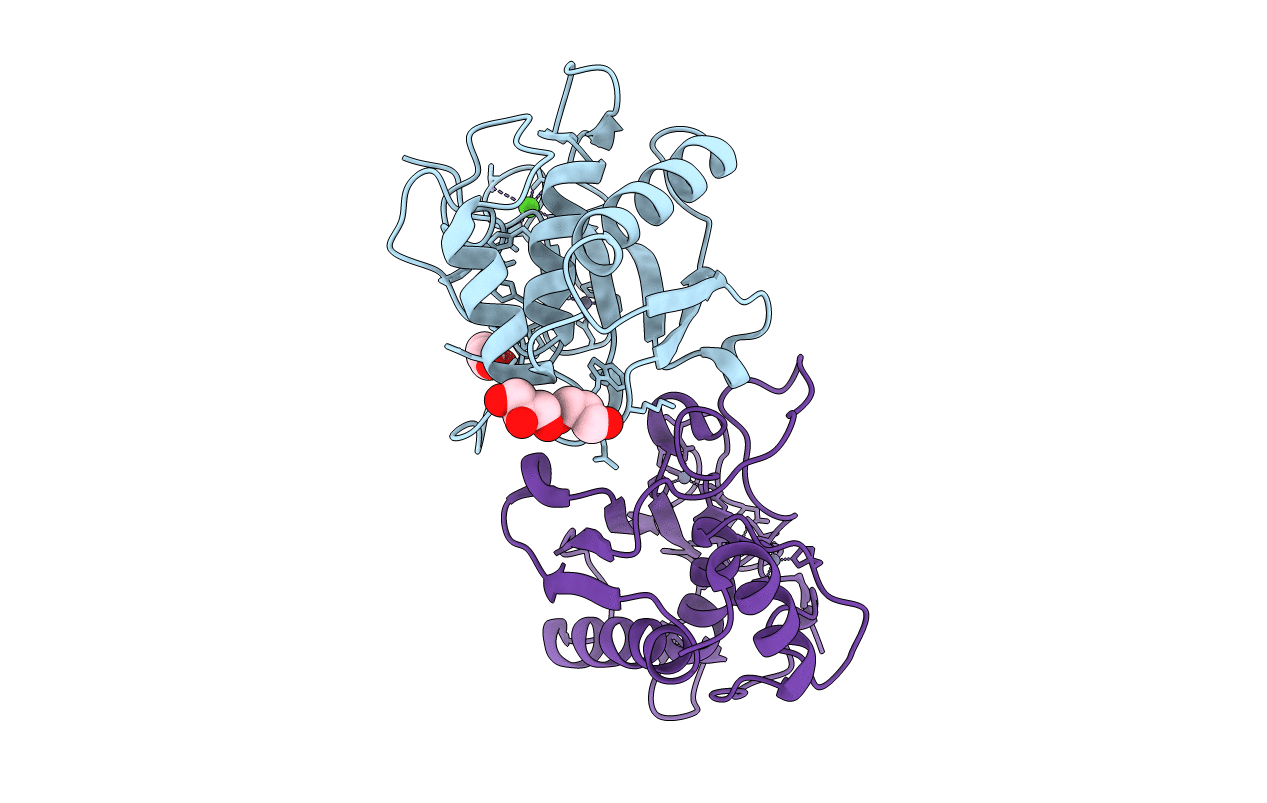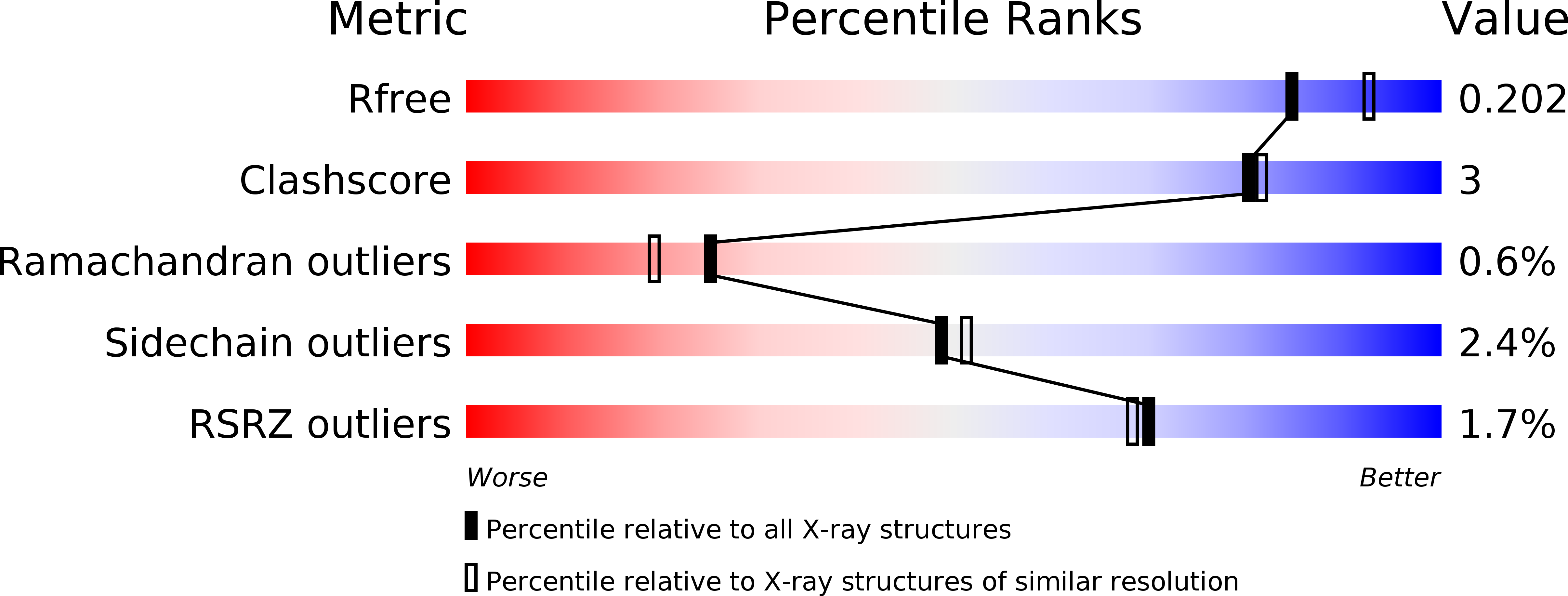
Deposition Date
2014-08-18
Release Date
2015-01-07
Last Version Date
2023-09-20
Entry Detail
Biological Source:
Source Organism:
Tannerella forsythia (Taxon ID: 203275)
Host Organism:
Method Details:
Experimental Method:
Resolution:
2.01 Å
R-Value Free:
0.19
R-Value Work:
0.16
R-Value Observed:
0.16
Space Group:
P 1 21 1


